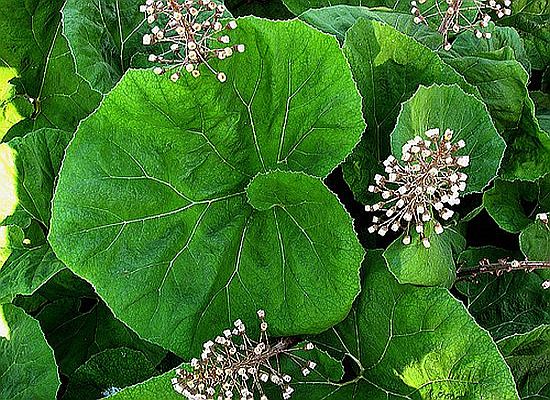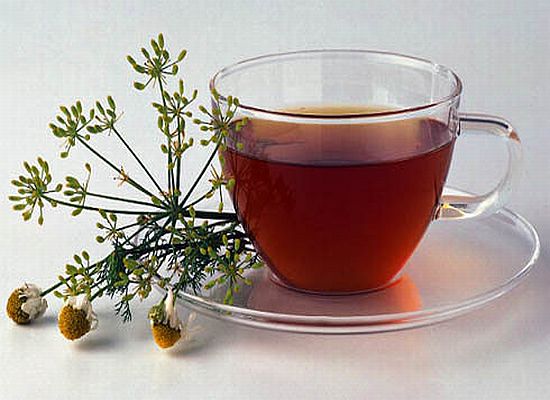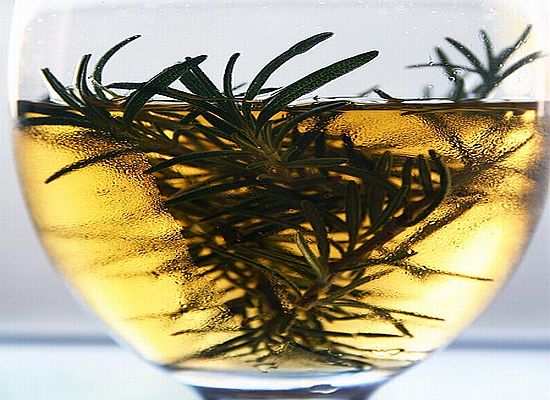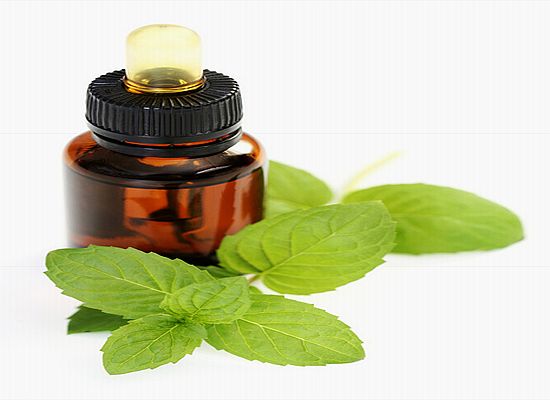Paroxysmal ailments such as migraine headaches that buzz an individual while working or relaxing on a couch are generally overlooked by many – but not many would know it can indeed be an alarming signal. Although there are several conventional drugs that are available over the counter, treating the root cause of a nerve-wrecking migraine may not always look so very simple. So, if your grandma ever told you about the diversified, innumerable benefits of the herbs out there, it’s probably the time to turn all natural. Here, we are providing you with some of the most reliable herbal recipes that can effectively cure your migraine while ensuring you have a holistic approach towards the condition.
1. Butterbur tea

How it works
Butterbur, also known as petasites hybridus, has been known as one of the most effective treatment herbs for centuries. Integrated with several active compounds that have medicinal properties, the herb helps in reliably preventing migraines. The low lying perennial herb contains some highly beneficial anti-allergy and anti-inflammatory properties which are known to be useful in reducing the symptoms of migraine.
Recipe
Ingredients
Granulated butterbur root
1 cup of water
Preparation
Take one cup of water and 1 tablespoon of butterbur root. Add the herb root to the water and allow the mixture to sit for about 12 hours. After which, bring the water and butterbur root mixture to boiling. Let them seep thoroughly for about two to three minutes. Strain the tea and sweeten it to taste.
How to use
Though butterbur tea is a great remedy to combat migraine, users are advised not to consume butterbur which has its extracts containing alkaloids. Since the integrated alkaloids can prove to be toxic to your body and can possibly cause damage to your kidney, its best to receive the recommendation of a specialist. Women who are pregnant and children should not consume butterbur.
2. Chamomile tea

How it works
Chamomile, a common flowering plant, has been used as an extremely effective migraine aid for ages. Especially helpful in alleviating the symptoms of severe headache, the herbal remedy contains an active ingredient known as bisabolol, which has numerous anti-irritant, anti-inflammatory, and anti-microbial properties.
Recipe
Ingredients
1 cup water
Lemon juice
1 tablespoon of dried chamomile flowers
Honey
Preparation
Boil the water in a saucepan and then add the dried chamomile flowers to the hot water. You can put the flowers either directly or using a tea infuser. Bring both of to boil for about 30 to 45 second with the lid on. Take off the tea from the heat and allow the chamomile flowers to steep for another minute. Using a strainer, you can then remove the loose flowers. Chamomile tea can be served with a little lemon juice and honey to unwind after a hectic day. The calming properties of the tea customarily begin to take effect within 30 minutes of drinking it.
How to use
You can consume a cup of Chamomile tea when you start observing the symptoms of a migraine headache. The remedy works best if you happen to drink it before the headache actually gets severe.
3. Rosemary infusion

How it works
Also revered as Rosmarinus officinalis L, Rosemary is an evergreen herb with noteworthy medicinal properties. Regarded as highly stimulating, the plant can be taken in the form of an infusion to effectively treat migraine and other forms of headaches. The herb not only helps in improving the blood circulation and oxygen to the brain, but also lowers blood pressure and fragility of the capillaries – thereby emerging as an excellent migraine treatment.
Recipe
Ingredients
A sprig of rosemary
Water
Preparation
Bring a cup of water to boil and immerse the sprig of rosemary into it. Allow it to boil for about ten minutes, take out the rosemary, and pour the infusion in a cup and drink.
How to use
Since rosemary infusion has been considered as an effectual tonic, it is advised to drink one cup in the morning on an empty stomach. At the same time, women who are pregnant should stay away from consuming the preparation in excessively large doses as it may result into convulsions and even miscarriage.
4. Peppermint oil

How it works
In use as a natural remedy for migraines and headaches, peppermint oil subsumes incredible calming and numbing properties. It is believed that the integrated components of the solution make it helpful for people who suffer from migraines. People can even apply the Peppermint Oil to their temples and forehead in order to soothe their condition. The vapors produced by peppermint oil steam also provide relief to an individual’s sinuses.
Recipe
Ingredients
Peppermint essential oil
Towel
Cool compress
Preparation
Foremost, add about three drops of peppermint oil into a considerable bowl which has boiling water. Lean smoothly over the bowl and close your eyes after draping the towel over your head. Ensure you drape it nicely enough to not allow the steam from escaping. After this, simply inhale the peppermint vapors from the bowl. If you feel the vapor is not helping you enough, you can add another drop of peppermint oil to the same hot water.
How to use
Although one can use peppermint oil to cure their migraine, using it in excess may result into adverse effects. The overdose can cause seizure, muscle weakness and brain damage as well. You are recommended to consult your doctor before using peppermint oil.




